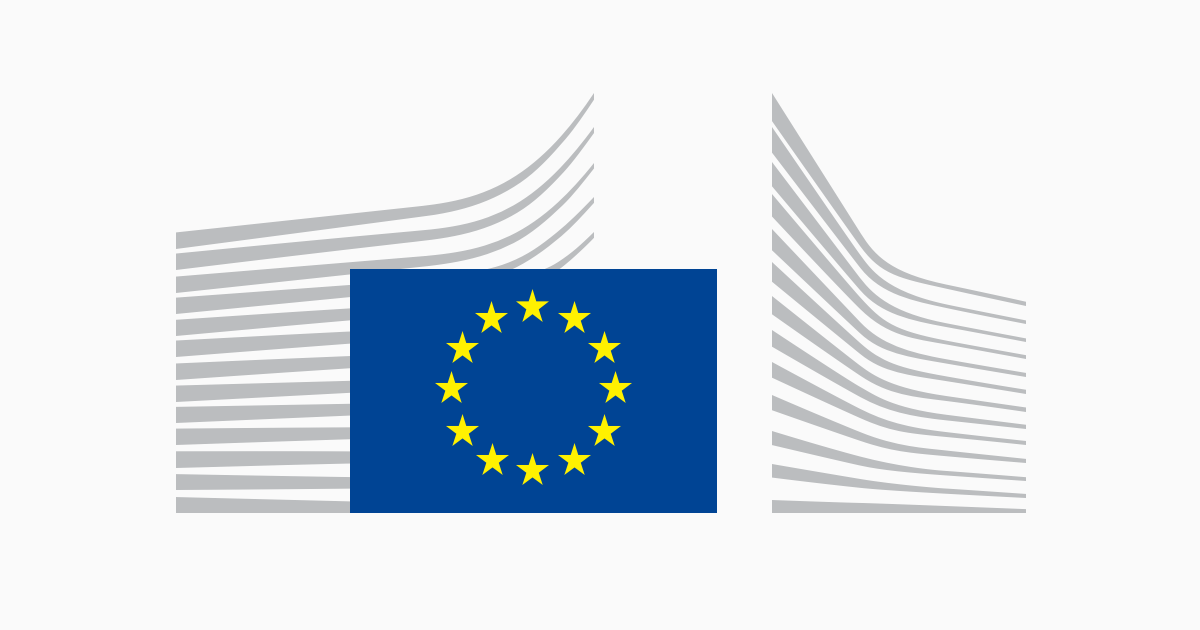Table of Contents
India's exports are experiencing a surge in various sectors, including precious metals, minerals, automobiles, electronics, pharmaceuticals, organic chemicals, textiles, spices, and defense equipment. The implementation of initiatives such as Production-Linked Incentives (PLI) and the Make in India campaign has fueled export growth, particularly in electronics. However, India is facing challenges in the form of quality and trade restrictions, with recent bans on Indian spice brands in Hong Kong and Singapore due to contamination. The country is also facing issues in the pharmaceutical industry, with lax regulation and poor manufacturing practices leading to concerns about the quality of Indian medicines. Additionally, green trade barriers, such as Europe's Carbon Border Adjustment Mechanism (CBAM), are posing a threat to Indian exports, particularly in sectors like steel and aluminum. The country is also facing challenges in the diamond industry, with buyers in the US and Europe demanding source declarations for diamonds. Overall, India is navigating a complex landscape of opportunities and challenges in its export industry.




